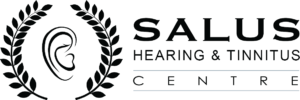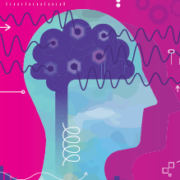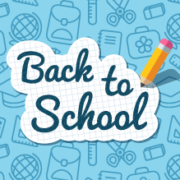From Us to You: A Warm Thank You
We’re Celebrating National Gratitude Month With a Message of Thankfulness
Did you know? November is National Gratitude Month! We’re especially grateful to you, our valued patient. Without community members like you, helping people reconnect to a world of sound would be nothing more than a dream. Because of your loyalty, we’re able to change lives for the better every day.
Just as we treasure your support, our caring team is committed to making sure you can count on us too. Whether today, tomorrow, or in the exciting new year, it’s all about helping you hear to the fullest on your terms. Our commitment includes:
Having Your Back Through Life’s Twists and Turns
We know that hearing and hearing needs can change over time. Solutions that empower you today may need revisiting down the line. Helping you track your hearing wellness through periodic check-ins and follow-ups is just part of our commitment. One of the many ways we’re with you through every step of your better-hearing journey.
Keeping You Informed and Feeling Empowered
The old adage that “knowledge is power” couldn’t be more true. Having the right information makes a world of difference in deciding which route to take in managing your hearing health. As your partner in hearing wellness, we believe in patient education to help you make informed decisions. We’ll listen to your concerns, discuss potential options, answer your questions, and take next steps together.
Staying Atop the Latest Research and Technology
As one of the most fascinating and crucial senses, hearing gets a great deal of attention in the world of science and innovation — and we’re right there staying up on the latest and greatest. That includes working with the world’s best hearing technology manufacturers, helping ensure we’re able to provide the most advanced solutions for your communication needs.
Welcoming Your Input for Continuous Improvement
We love feedback, and who better to give it than the valued community members we serve? Whether it’s high praise or suggestions on ways to make your patient experience even more satisfying, your perspective matters. When you drop us a note, complete one of our surveys, write an online review, or even share a quick word in person or on the phone, you’re helping us deliver our best!
Gratitude: Pass It On!
With National Gratitude Month in November, it’s a perfect time to share the power of thankfulness. Here are three easy ways to pay it forward this season and beyond:
- Be specific — It’s one thing to offer the generic “Thanks for everything,” but even more refreshing to give details. For example, “I appreciated that you flew 3,000 miles just to cheer me on. It gave me an extra boost, and I’ll never forget it.” Genuinely conveying gratitude helps others feel recognized.
- Go old-school — There’s something special about sending a handwritten note of thanks through the mail. Maybe even embellish it with some personalized artwork. Imagine the recipient’s joy and surprise. A little effort can go a long way in communicating appreciation.
- Keep it going — Demonstrating thankfulness in everyday life can catch on. When others see you expressing gratitude, they’re more likely to follow suit — whether it’s showing appreciation to family, thanking colleagues for collaborating, or acknowledging the efforts of fellow community volunteers.
We’re honored to be your partner in total hearing health. As you think about how to strengthen connections this holiday season and into the new year, know that we’re HEAR for you in every aspect of your communication needs. So don’t wait. Contact us to take action on your better-hearing goals today!












